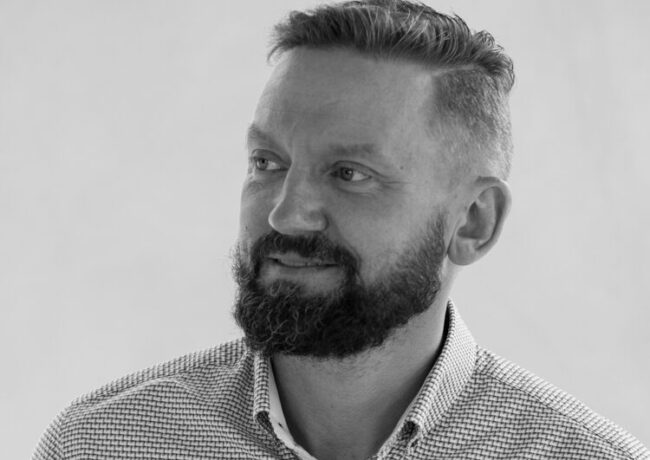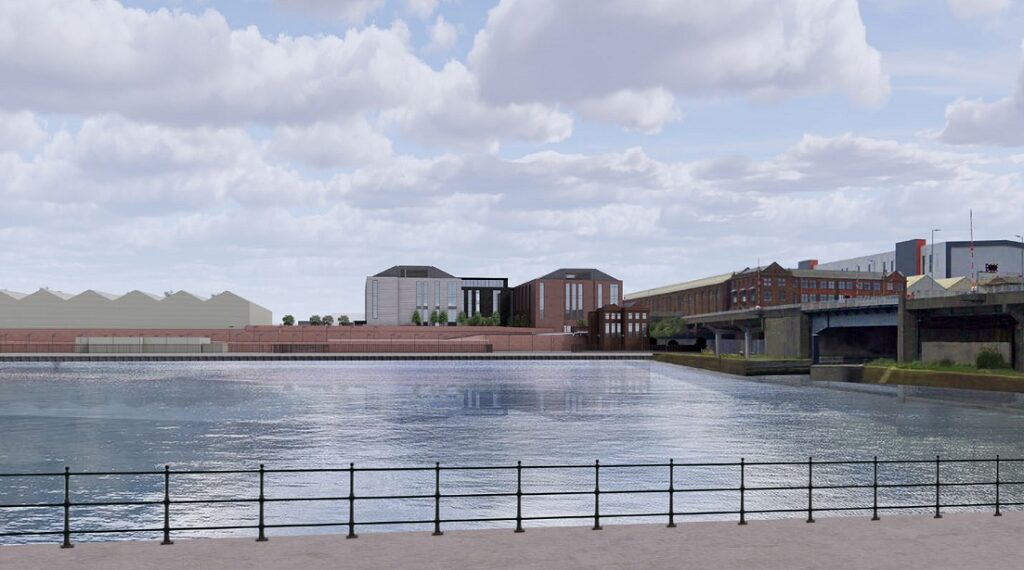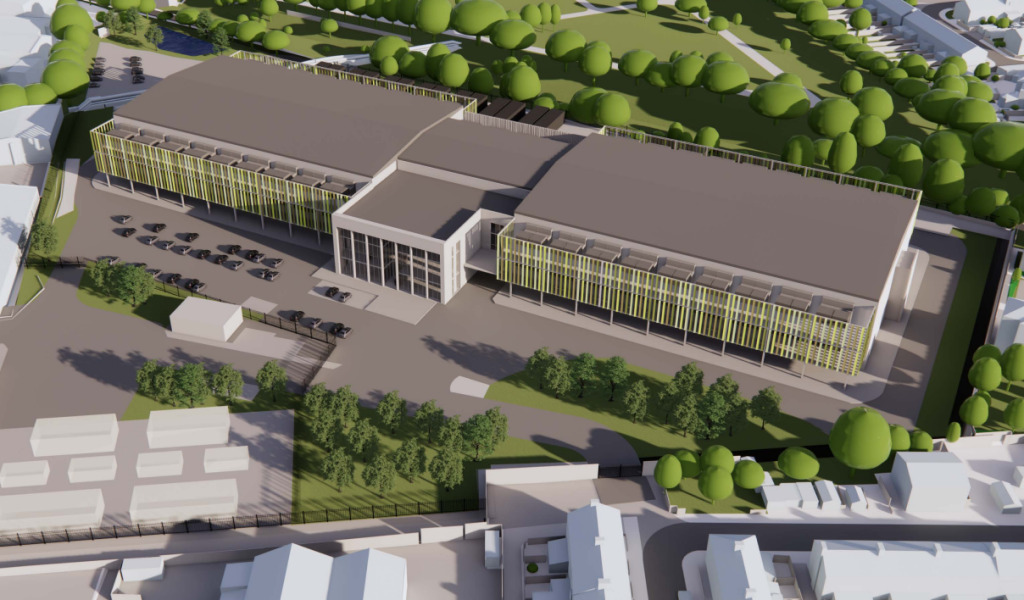LISTEN | MiddleCap’s Miloš Halečka on delivering innovative smart buildings
Having completed one of London’s smartest office buildings in recent years, MiddleCap’s innovations director Miloš Halečka dives into how his team puts tech at the heart of development.
Southworks, MiddleCap’s first development in the UK, completed in 2021, bringing 70,000 sq ft of tech-enabled, BREEAM ‘Outstanding’ office space to the market. Now, the developer is looking ahead to its second UK project – Seal House – which aims to push the boundaries of tech even further.
Takeaways
- The main goal for Southworks was to collect all the data possible at a reasonable price and level of complexity. MiddleCap installed a “digital backbone” of sensors that collect all the environmental and occupancy data in the building
- Southworks was based on the idea of “API-based architecture”: each system or sensor should be able to send its data to other parts of the building or consume data collected by other systems. In other words, all the tech needs to talk to each other
- Flexibility is key. The design allows sensors to be moved or replaced and there are no physical thermostats or light switches, which means tenants can change the physical space however they want
- Proptech companies need to be able to not just deliver, for example, a tenant engagement app, but also spell out a clear roadmap and build a standardised support system and take cybersecurity seriously
- MiddleCap expects to see consolidation among startups, leading to fewer – but more advanced – solutions in the coming years
- When thinking about smart buildings, start with asking what the ultimate goal is. Is it to understand how your portfolio behaves? Is it to lower operational emissions? Then figure out what data you need. Only once you know all that start to think about what tech can deliver that for you
- Starting to collect data to make better decisions doesn’t need to be complicated. For example, if you have an access control system, you can tap into that data to understand when people are in the building. That can help you start making decisions about things like heating, cooling and lighting.




